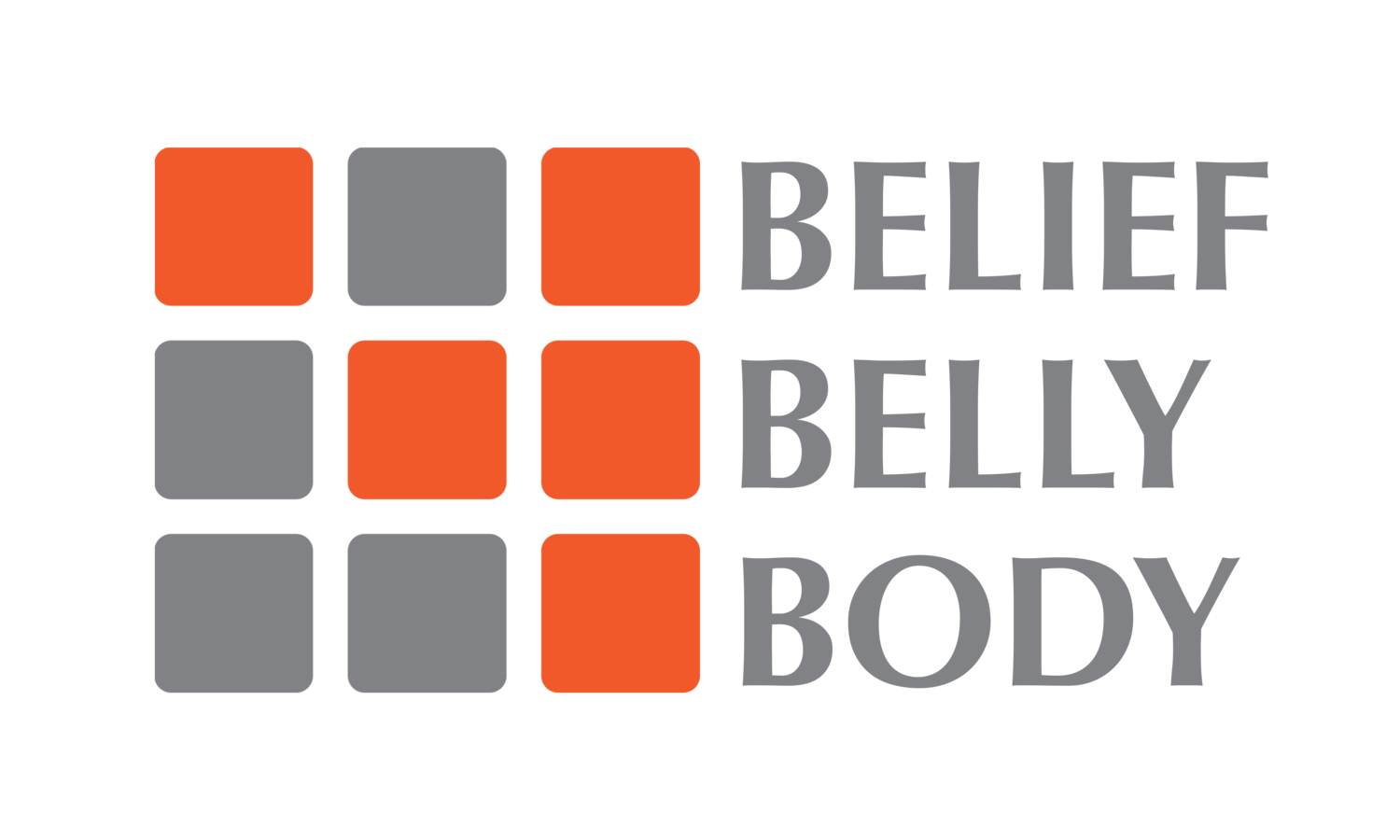Stand Up And Take A Seat
Take A Seat
Imagine slowly sinking into your favorite chair and propping your feet up to relax towards the end of a long strenuous day. We sit down to relax so often that you might says its automatic and even borderline involuntary. We are simply compelled to take a seat, especially when fatigued. Next to laying down, sitting is one of the more comfortable positions we pursue. Unfortunately, the comforts of sitting reign supreme well beyond the bounds of the time we spend simply unwinding at the conclusion of our days.
Our society is producing some of the most sedentary individuals in all of human history. And there is actually good reason for this phenomenon. We sit to perform many tasks, such as driving, computer work, in the classroom, on zoom calls, business meetings, eating, writing, reading or creative work like drawing. The average office employee spends approximately six hours sitting each day at a desk.
There are advantages, for example sitting requires less energy than standing and also helps to stabilize the body. However, sitting does have its many disadvantages. For instance, sitting contributes to lower back issues that effect nearly 85% of the adult population. Studies also reveal that sitting for more than one hour consecutively has been known to contribute to numerous risks for heart disease. Some have described our culture’s sitting epidemic with a silly new phrase that’s undeniably catchy, if somewhat exaggerated: “Sitting is the new smoking.”1
Stand Around
If an exuberant amount of sitting is detrimental to your health, surely the remedy must be standing, right? However, if all we do is replace sitting with standing, we’re not actually doing our body any favors. According to professor Alan Hedge, in the Department of Design and Environment Analysis at Cornell University, standing all day is no better than sitting all day. In fact, you’re introducing a whole variety of risk factors. For example, standing too much can compress the spine and lead to lower back problems2 over time. It can also boost your risk for carotid arteries, varicose veins, deep vein thrombosis and other cardiovascular problems since the heart has to work against gravity to keep blood flowing up from your toes.3
So consequently standing all day is just as unhealthy as sitting. Additionally the performance of many fine motor skills are also reduced when people stand rather than sit. Many people are advocating standing to work because it requires more muscle activity and you burn about 20% more calories. Yet that increased energy expenditure from standing also puts greater strain on the circulatory system, your legs, and your feet.
Get Moving!
While each position does have their advantages and disadvantages, neither static standing, nor sitting, is recommended for long durations. It simply doesn’t matter if you’re standing or sitting, if you’re doing it statically your body will suffer the consequences. You need to move. Movement is important to get blood circulation through the muscles. And movement is free!
Ergonomists (a fancy word for studying the efficiency of a working environment) recommend that sitting is broken up by periodic standing and moving during the day, preferably 1-2 minutes every 20 to 30 minutes. Frequent breaks during your day improve levels of comfort, work performance, and reduces the risks of musculoskeletal injuries.4 Alternating between two postures allows for increased rest intervals of specific body parts, and reduction of many potential risk factors.5 Going from sitting to standing frequently throughout the day completely eradicates any of the supposed risk factors associated with sitting, or standing.
If you’re going to sit (and face it, you are still going to sit!) then you need to make sure you do it well. So be conscience of your posture and invest in a saddle chair or a beautifully designed chair by Anthros.
It is more simple than you may think! Research shows that you don’t need to do vigorous exercise (e.g. jumping jacks) to get the benefits. Simply walking around is sufficient. You can begin by forming a pattern of simple movements in your workplace (e.g. walk to a printer, water fountain, stand for a meeting, take the stairs, walk around the floor, park a bit further away from the building). Even if you just fidget, any kind of micro-movement is going to give you some value.
The worst thing you can do is remain in one posture. Over time your body will slowly develop muscle imbalances that lead to postural distortions and eventual nagging aches and pains that, if gone unchecked, will only grow worse. This is why we place a high value on conducting postural assessments at every consultation. We believe it really is that critical!
So go ahead, take a seat. Stand up. And keep moving!
